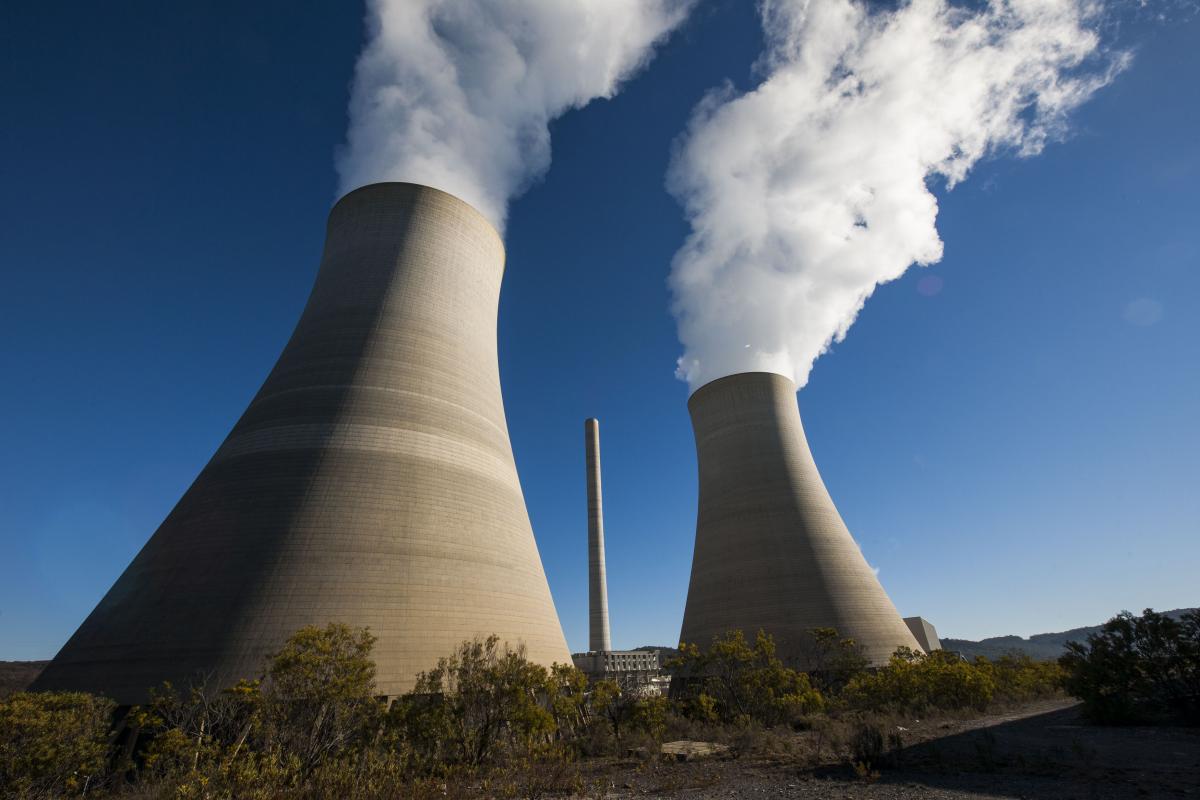Callum Foote examines the dodgy and contradictory reporting frameworks in Australia around carbon offsets.
Recently, MWM reported how government departments are double-counting the renewable energy from rooftop solar systems, giving most of the benefit to some of the biggest corporations in Australia.
Understanding the issue involves dealing with the alphabet soup of regulators and reporting standards that have been established in the era since climate change was declared the greatest moral challenge of our time.
Revealed: Australia’s true emissions concealed, corporates “double-count” household rooftop solar
Australia’s carbon offsets have received lots of negative publicity in recent months. Andrew Macintosh, the former chair of the Emissions Reduction Assurance Committee, an advisory body to the federal government, blew the whistle on dodgy carbon credit schemes.
Largely in response to these concerns, the new federal Labor government has established an Independent Review of Australian Carbon Credit Units (ACCUs). This will not only examine the methods to create the carbon credits but also look at legislative requirements to ensure good governance and confidence in scheme integrity.
There are two key areas where the government can completely fail with regard to the integrity of ACCUs and carbon markets more generally.
While Australian carbon credits have significant integrity problems with the methods they use, the accounting behind the credits also leads to widespread double counting and must be examined, according to renewable energy accounting expert Tim Kelly. He has been engaging with the Department and Clean Energy Regulator on the accounting and claims relating to ACCUs for a decade.
Emissions can also be positive or negative. Negative emissions to take carbon dioxide out of the atmosphere can occur on a site where a forest is re-established to sequester carbon from the atmosphere, or through carbon capture and geological storage. Where this occurs, it can be claimed as a negative scope 1 emission at that facility or site (and only at that site).
Kelly argues that the way we account for carbon credits is unlike any other tradable commodity in that the negative emission can be claimed by the creator and end user at the same time, leading to systemic double counting.
“There is a fundamental lack of integrity in Australia’s only carbon offset unit,” he says.
What are ACCUs?
ACCUs are used by the federal government to pay polluters for emissions reductions in the absence of any carbon pricing mechanism. They are used by businesses to create a source of revenue and by consumers for an emissions reduction attribute that they don’t have.
ACCUs are used in Australia to offset emissions and are created in relation to an emissions reduction activity that has occurred elsewhere.
An example of a carbon credit is a cattle farmer not clearing land that they have a legal authorisation to clear, or by planting trees or by site improvements to increase carbon sequestration from vegetation.
The offset can then be sold to a business or individual who is either required by regulation to offset their emissions or wants to do so voluntarily.
Which brings us to NGER: National Greenhouse and Energy Reporting, which operates under the government’s Clean Energy Regulator. NGER is a single national framework for reporting and disseminating company information about greenhouse gas emissions, energy production, energy consumption, among other information.
The Clean Energy Regulator has confirmed that “Non-NGER reporters are not obligated to add abated emissions from delivered units onto net emissions”.
In layman’s terms, this means that almost all carbon credit producers can sell a carbon credit and still report that their emissions have also been reduced.
According to Kelly, these credits are not treated like any other good that we buy and sell.
“If a farmer sequesters 1000 tonnes of carbon dioxide from re-establishing a forest, they can claim 1000 tonnes of negative emissions”, however, under the current rules Kelly believes that if they create and sell 1000 tonnes of ACCUs from this activity and sell those to someone else they don’t need to balance their books.
Basically, 1000 tonnes of negative emissions has been transformed into 2000 tonnes worth of carbon credits because both the buyer and the seller can both claim them at the same time.
This means that a carbon farmer can claim the abatement on property, while selling ACCUs to third parties.
Professor Macintosh, the chair of the Emissions Reduction Assurance Committee, says that the government does have some safeguard mechanisms in place to prevent double counting but the rules are incredible difficult for businesses to understand.
“There are almost certainly some people who are doing it knowingly, but if you find someone doing it don’t necessarily leap to the conclusion that they are knowingly misleading people.
I’ve dealt with quite a few clients who in good faith didn’t understand.”
Macintosh points out the department’s treatment of the agriculture industry in particular.
The worst sector of all is agriculture. It’s hopeless, and it’s not only Australia’s Climate Active standard but the greenhouse gas protocol could be a lot clearer and provide a lot better guidance on how to treat emissions
“There needs to be improvements in the guidance provided to business about greenhouse accounting and about claims around carbon neutrality. Of all the sectors that needs work, agriculture is a standout in that the standards are unclear and in some cases they are incoherent.
“There are a lot of agriculture businesses who are trying to report and do the right thing but a lot of them are pretty confused.”
What does this mean for consumers?
Public end-use customers may typically purchase carbon offsets as part of a product such as a carbon offset flight or energy, or perhaps by just doing business with an organisation that claims to be carbon neutral. As a regular consumer, there shouldn’t be any need to understand emission scopes or double counting, there should just be robust frameworks established in legislation to prevent double counting and ensure that Australian Consumer Law is complied with.
Sadly, however, because ACCUs can be claimed by the creators of the ACCUs, or businesses that have sold ACCUs make no adjustment, and the ACCUs that consumers pay for, do not include the emission reduction attribute in law, the entire framework lacks integrity and is riddled with double counting.
Callum Foote was a reporter for Michael West Media for four years.

